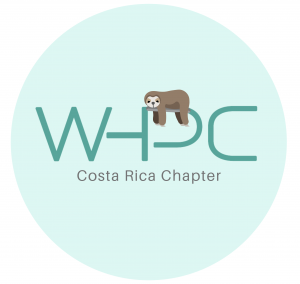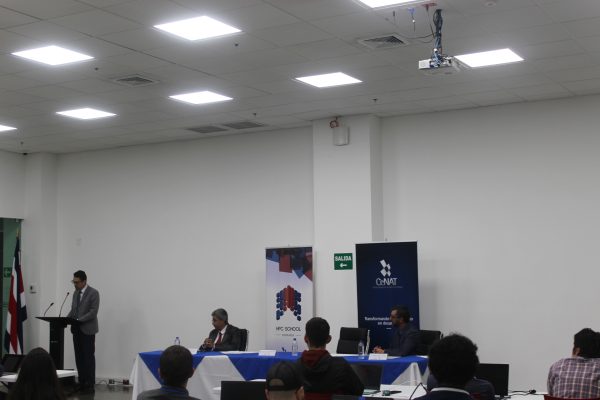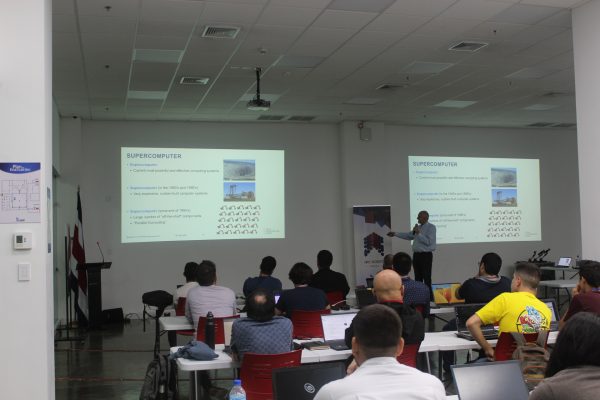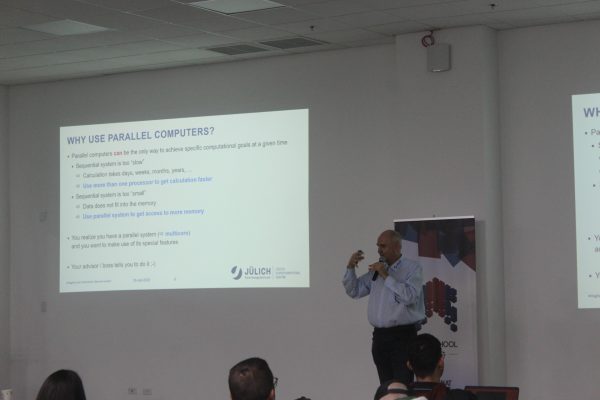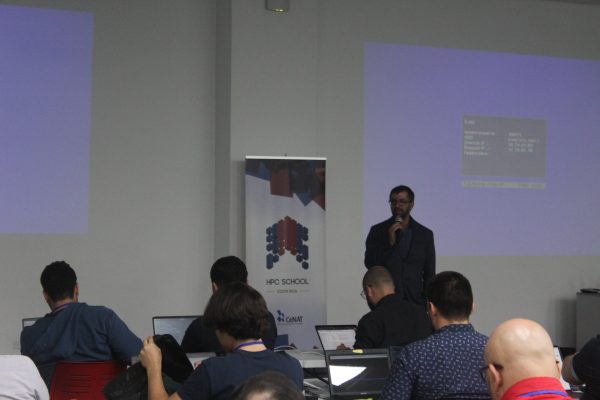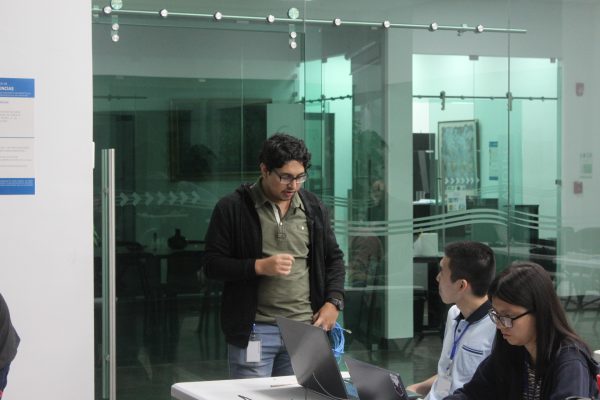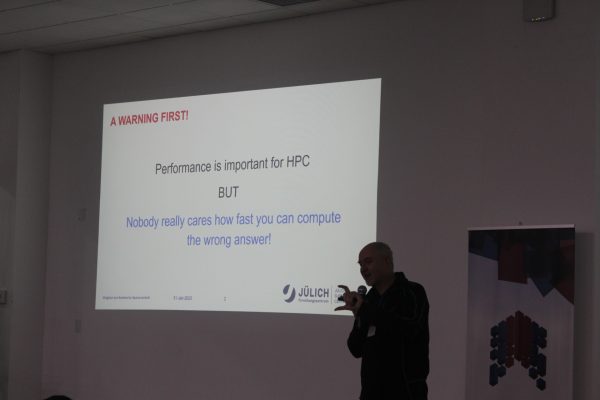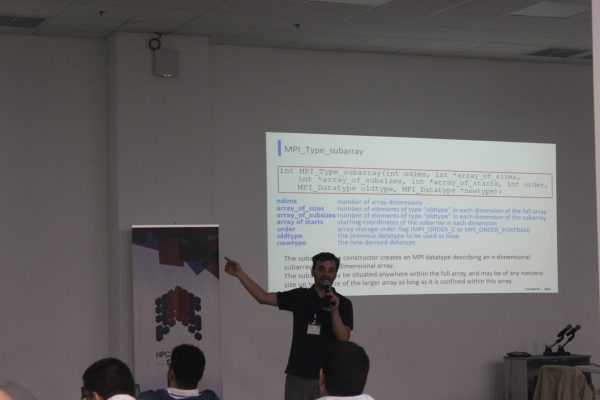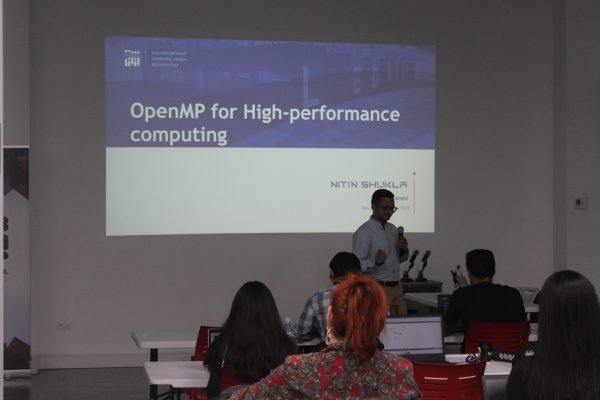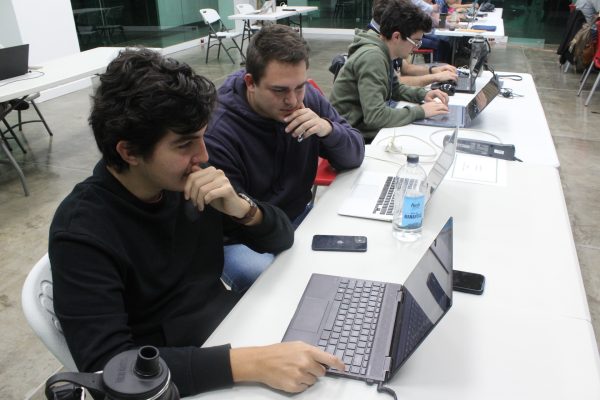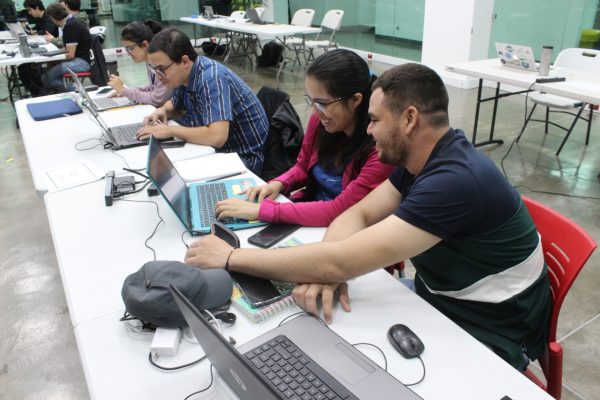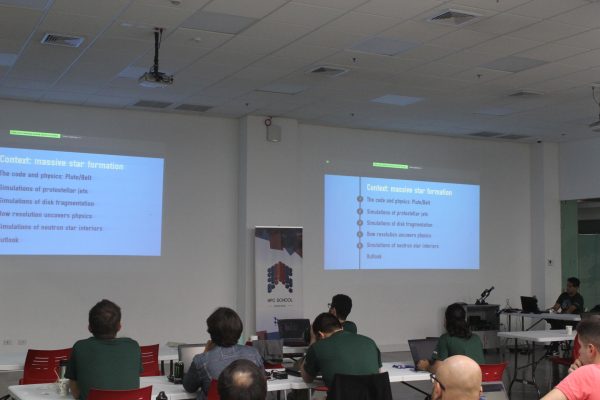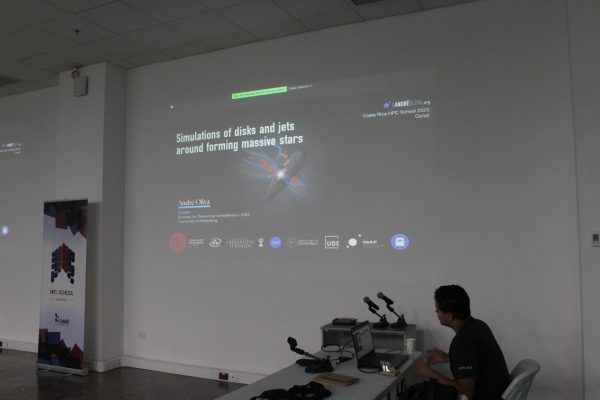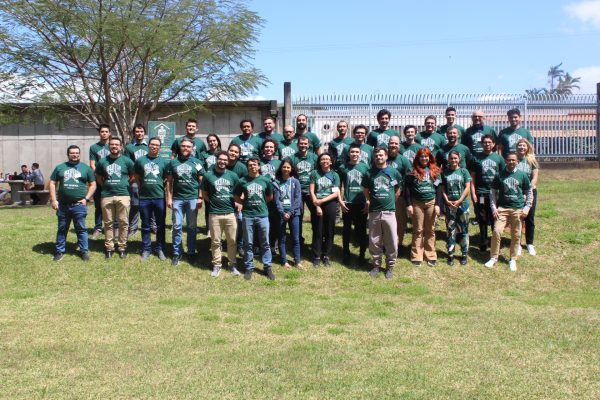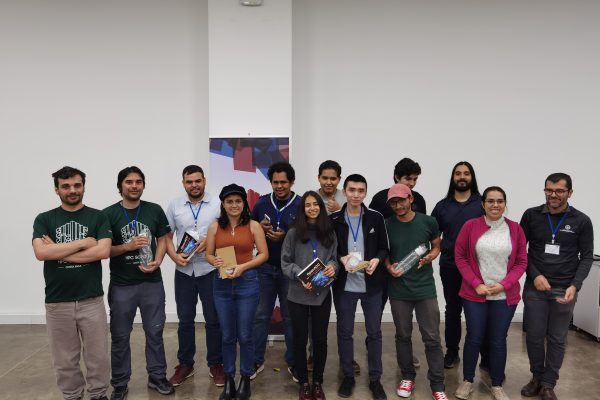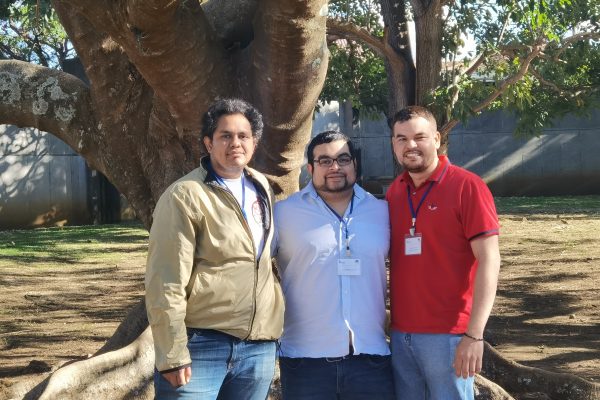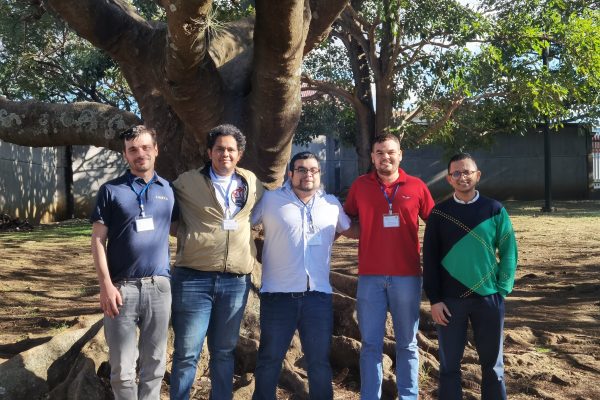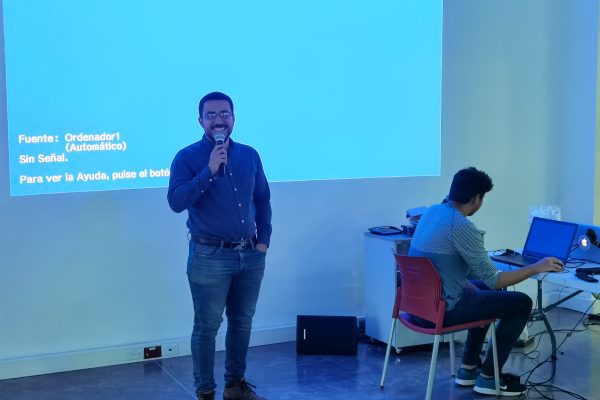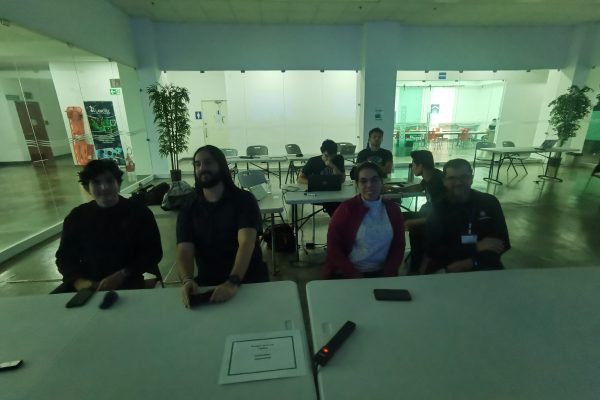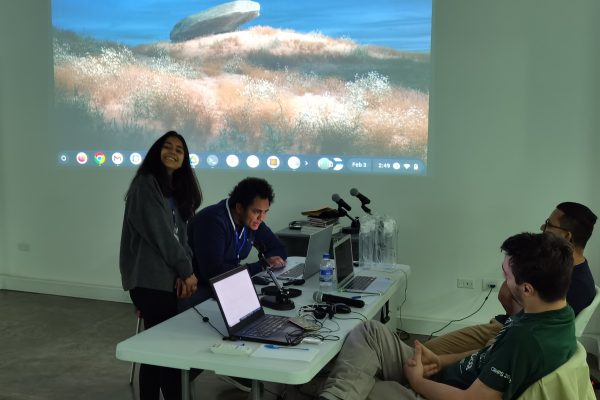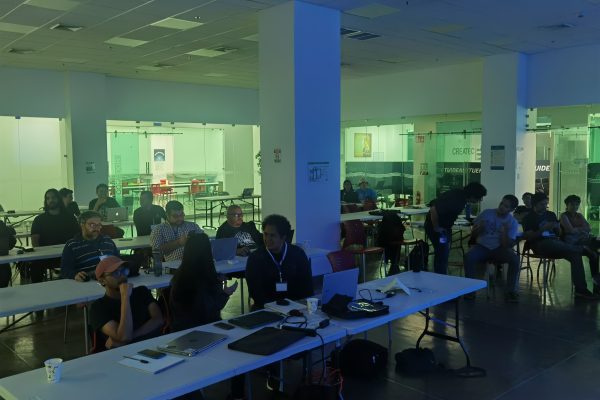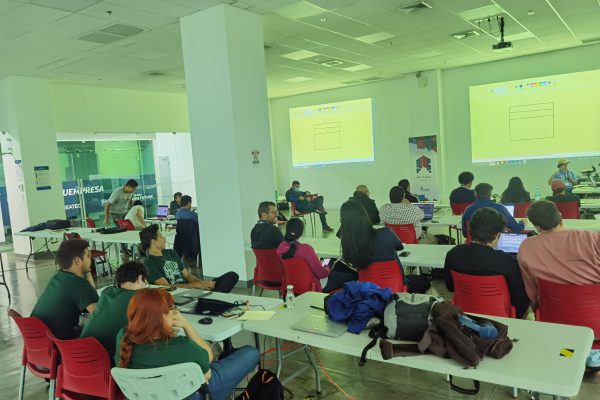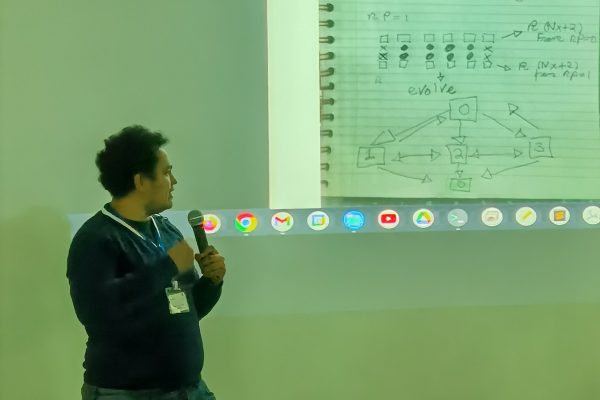
January 29th to
February 2nd, 2024
Costa Rica National High Technology Center
Dr. Franklin Chang Díaz building
1.3 km North of the US Embassy
Pavas, San José, Costa Rica
Topics:
- Parallel Computing
- Shared-memory Programming
- Distributed-memory Programming
- Accelerator Programming
- Performance Analysis
The convergence of Data Science, Artificial Intelligence, and Computer Simulation highlights the enormous potential of High Performance Computing (HPC) in creating powerful tools for science, engineering, government, and businesses. Not only does HPC accelerate data analysis and learning processes, it also brings about technological revolutions. HPC is the underlying force allowing researchers to create complex pipelines to solve grand challenges.
The Costa Rica High Performance Computing School (CRHPCS) is now a well-established tradition. On its eighth edition, we aim at reaching out to a broader audience by offering a program that touches upon the fundamental topics of HPC with an important twist. The guiding programming language this time will be Python. Considering its widespread popularity and its simplicity, Python makes the perfect choice for a programming language that appeals researchers from basic sciences to bioinformatics.
We truly expect this to be an exciting edition of our HPC school and one that will echo for years to come.
Esteban Meneses, PhD
Advanced Computing Laboratory Director
Costa Rica HPC School General Chair
Keynote Speaker
Mariela Porras

Biography: Mariela Porras is a professor at the School of Physics in the University of Costa Rica. She obtained a PhD and a Masters degree in Medical Physics at the University of Wisconsin-Madison. Before that, she got a Bachelor’s degree in Physics at the University of Costa Rica. She is broadly interested in Computational Medical Physics, radiation transport using Monte Carlo methods, image analysis (2D and 3D), transdisciplinary art and science, scientific language, active learning, gender diversity in science. She has published many peer-reviewed scientific articles and currently participates in several research projects.
TBD

Biography: TBD.
Speakers
Carlos Rudamas

Biography: After approximately 16 years studying and working in Germany, France and Spain, he works as a professor at the School of Physics of the Faculty of Natural Sciences and Mathematics of the UES. He founded his research group leading the Optical Spectroscopy Laboratory with different lines of research related to renewable energy, environment and health. Within the lines is high-performance computing to simulate the properties of the systems under study.
Milena Zambrano
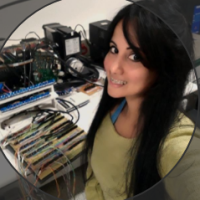
Biography: Panamanian scientist. She has a degree in Electrical-Electronic Engineering from UTP. With Master’s studies in Electrical Engineering and has a doctorate from the University of Extremadura in Badajoz, Spain in modeling and experimentation in science and technology. She is currently co-principal investigator in the SENACYT EIE18-16 High Performance Computing Project at UTP.
Javier Sánchez-Galán
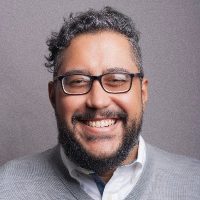
Biography: Doctor Sánchez Galan currently works as a professor-researcher at the Faculty of Computational Systems (FISC) at the Technological University of Panama (UTP), and is also an associate researcher at the Institute of Advanced Scientific Research and High Technology Services (INDICASAT AIP). He teaches courses at the undergraduate and graduate levels. His research interests focus on the development of innovative approaches applying computational analysis and algorithms capable of analyzing massive biological, medical, environmental and agricultural data.
Instructors
Geert Jan Bex

Biography: Geert Jan Bex did research on the theoretical limits of neural networks back in the third spring of artificial intelligence. After being a postdoc for some years he worked for a couple of years in a private company doing R&D on natural language processing. Back at the university, he switched from physics to computer science and worked on semi-structured data. After obtaining a PhD he started to work for the Vlaams Supercomputer Centrum supporting researchers to use this infrastructure and optimize their workflows and their codes. He spends a lot of time on developing training materials, as well as on communication and dissemination. He focusses on (parallel) programming, sware engineering, and data analysis.
Support Staff
Esteban Meneses

Biography: Esteban Meneses is the Director of the Advanced Computing Laboratory at the Costa Rica High Technology Center (CeNAT). He graduated from the PhD program in Computer Science from the University of Illinois at Urbana-Champaign. He spent two years at the Center for Simulation and Modelling at the University of Pittsburgh. He has more than 15 years of experience in HPC. His research interests include resilience in HPC systems, parallel programming models, and applications. He currently participates in two research efforts: developing a computational seismic platform to better characterize volcanic and tectonic activity, and building parallel computing simulations for plasma physics.
Christian Asch
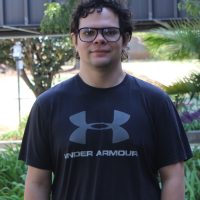
Biography: Christian Asch is a computer scientist from the University of Costa Rica where he got his bachelor’s degree. He is currently pursuing his master’s degree in computer science at the same institution. He has conducted research on automatic detection of denial-of-service attacks, high performance computing, and detection of quasi-accidents on street cameras. He has taught courses on Python, and parallel computing. His interests include computer graphics, task-based parallelism, computer architecture, and scientific simulations.
Johansell Villalobos
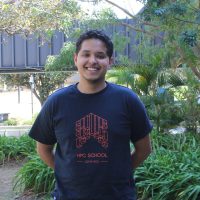
Biography: Johansell Villalobos is a researcher at the Advanced Computing Laboratory at the Costa Rica High Technology Center (CeNAT). He has a physics engineering degree from Costa Rica Institute of Technology, with a computational physics background. He currently works with the mathematical and computational modeling of river dynamics and flood risk assessment. He is also working in the field of real time visualization of simulations. His interest include computational fluid dynamics, plasma physics and physics informed machine learning.
Melissa Hernández Sánchez
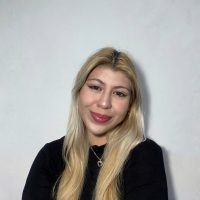
Biography: Melissa Hernández is the administrative assistant of the the Advanced Computing Laboratory at the Costa Rica High Technology Center (CeNAT). She has a bachelors degree in Public Administration from the University of Costa Rica. She has contributed with the organization of the event in regard to budgets, purchases and acquisitions and inter-institutional coordination with CONARE and FunCeNAT.
Edward Soto Castro

Biography: Edward Soto is the infrastructure technician for the National Advanced Computing Collaboratory (CNCA) of the National Center of Advanced Technology (CeNAT) of Costa Rica. He did his studies on telematics and computer networks at the National Institute of Learning (INA). He has taught multiple workshops on Linux and the use of the Kabré supercomputer. His interests lie on computer networks, computer architecture and cybersecurity.
Herson Mena Mora

Biography: Herson Mena graduated with honors from the Information Technology Engineering program at the University of Costa Rica. He is currently the infrastructure engineer of Kabré system at the Costa Rica High Technology Center.
Topics
Parallel Computing. We live in a parallel computer world. Literally. Think of all processors you have around, from the chip in your cell phone to the processor in your desktop computer. They all have multiple cores and possibly accelerators too. To unleash the full potential on all those devices, it is crucial to develop skills in parallel reasoning. How do you design a parallel program? What are the major concerns when running a concurrent code? We will discuss the fundamentals of parallel computing during an introductory lecture. Those principles apply throughout the broad spectrum of parallel architectures.
HPC 101: Introduction to HPC Applications, Systems, and Programming. In this introductory tutorial, you will learn what “high performance computing” (HPC) means and what differentiates it from more mainstream areas of computing. You will also be introduced to the major applications that use HPC for research and industry, and how AI and HPC interact with each other. Next, we discuss the “P” in HPC: Performance, why it is important, and how to evaluate the performance of HPC programs and systems. Then, we present the major HPC system architectures needed to run these applications like shared and distributed memory systems, hybrid systems, and the use of accelerators like GPUs. Finally, you will be provided with a very high-level overview of the languages and paradigms used to program HPC applications and systems. The tutorial will close with some examples of current HPC systems and the infrastructure to run them.
Shared Memory Programming. Modern computer architectures are based on processors that have multiple cores. Thanks to chip manufacturing advances, shared-memory parallel computer systems have become relatively inexpensive and intended for general-purpose use. Being able to leverage that computing power is crucial to enhance the performance of scientific applications. In this tutorial, we will explore the OpenMP application programming interface using a hands-on approach. This widely adopted standard enables the creation of shared-memory parallel programs and provides several features to maximize hardware resource utilization in modern parallel architectures.
Distributed Memory Programming. Supercomputers these days are assembled by joining together multiple compute nodes through a high-speed interconnect. Such structure allows for scalable systems where even hundreds of thousands of nodes can be connected. At that extreme, it is fundamental to use the message-passing paradigm, a well-tested mechanism to write scalable scientific software. We will present MPI, the de-facto standard in HPC programming during this tutorial. The Message Passing Interface (MPI) provides a list of functions to write complex codes and explore different data-partitioning strategies and parallel algorithms.
Accelerator Programming. Graphic Processing Units (GPUs) are an integral part of many high-end computing systems. Growing concerns for power consumption of supercomputers have pushed the community to explore and adopt alternative hardware components. It is therefore crucial to understand the design of GPUs and the available tools to program them. The OpenMP standard has been active lately in incorporating mechanisms to offload work on to the GPU. We will cover how OpenMP helps programmers in accelerating their code with GPUs.
Parallel Performance Analysis at Scale: From Single Node to one Million HPC Cores (Keynote Talk). Current high-end HPC systems consist of complex configurations of potentially heterogeneous components. In addition, the hard- and software configuration can change dynamically due to fault recovering processes or power saving efforts. Deep hierarchies of large, complex software components are needed to operate and use them. Developing efficient and high-performance application software for these systems is challenging. Therefore, sophisticated performance measurement and analysis capabilities are required. The talk will discuss the current state-of-the-art in freely available open-source parallel performance measurement and analysis tools. A special focus will be on the issues of portability, insightfulness, integration, and capability of performance tools. It will provide further details on the Score-P, Scalasca and Cube tools developed and maintained at Jülich Supercomputing Centre, one of the leading HPC computing centres in Europe. Next, some success stories of tool usage will be presented. The talk will conclude with a discussion of current issues and potential future research opportunities
Simulations of disks and jets around forming massive stars (Invited Talk). Massive stars live short but intense lives. They form from the gravitational collapse of molecular clouds, and during their earliest stages, they are surrounded by accretion disks and launch powerful magnetically-driven jets. The theoretical modeling of massive star formation is technically challenging for the wide varieties of scales (from fractions of astronomical units to a fraction of a parsec) and physical processes involved (magnetohydrodynamics, radiation transport, thermodynamics, etc.). In this talk, I present a tour of very high-resolution state-of-the-art simulations of the formation of massive stars, an overview of the main methods of computation, and how resolution has enabled us to obtain key, high-impact results. In Oliva & Kuiper (2020, Astron. Astroph., 644, A41), we performed disk fragmentation simulations for which the high spatial resolution grid used allowed us to study the first stages of the formation of companion stars to a massive star. In Moscadelli et al. (2022, Nature Astron., 6, 1068) and Oliva & Kuiper (2022, Astron. Astroph., in press), the high resolution of the grid near the forming massive star allowed us to model with unprecedented detail how the material of the jet is launched from the disk. Those latter simulations allowed us to confirm the magnetic nature of protostellar jets thanks to state-of-the-art observations of the star-forming region IRAS 21078+5211
Agenda
| DAY & TIME | Monday January 29 | Tuesday January 30 | Wednesday January 31 | Thursday February 1 | Friday February 2 |
| 8:00am – 8:30am | Registration | ||||
| 8:30am – 10:00am | Inauguration | Cython | Multiprocessing/futures | MPI | Challenge |
| Introduction | |||||
| 10:00am – 10:30am | Morning Break | ||||
| 10:30am – 12:00pm | Profiling | Cython | DELL Sponsor Talk | Intel Sponsor Talk | CoCeCAR Talks |
| Distributed and out-of-core computing with Dask | PySpark | ||||
| 12:00pm – 1:00pm | Lunch | ||||
| 1:00pm – 3:00pm | NUMBA on CPU | Using C/C++ code from Python | MPI | Using GPUs | Challenge |
| 3:00pm – 3:30pm | Afternoon Break | ||||
| 3:30pm – 5:00pm | Keynote Talk | Using C/C++ code from Python | MPI | Using GPUs | Challenge |
| NUMBA on GPU |
Material
Platform: OpenOnDemand
Monday: Python for HPC
Evaluation
Pre-School
We will offer an onboarding virtual session for those who would like to sharpen their Linux skills. Attendance to the pre-school is optional. The onboarding session will take place the following day:
Introduction to Linux OS/Kabré Supercomputer: Friday January 26th, 2024, 10:00am-3:00pm
Resources
Survey
To keep improving the school for next year we kindly ask you to fill the following survey:
Registration
Tuition fee
Participation is free. There are no tuition costs associated with participating in this school for those affiliated to academic institutions. However, registrants go through a competitive selection process, depending on their qualifications.
Maximum quota
The maximum quota is 50 participants.
Important dates
Start of the application process to the School: December 1, 2023
Closure of the application process to the School: January 12, 2024
Notification of acceptance/rejection to the School: January 15, 2024
Requirements
To be a student, professor, or researcher at an academic institution.

Bring your own laptop computer. You will only need a console terminal and a PDF viewer.
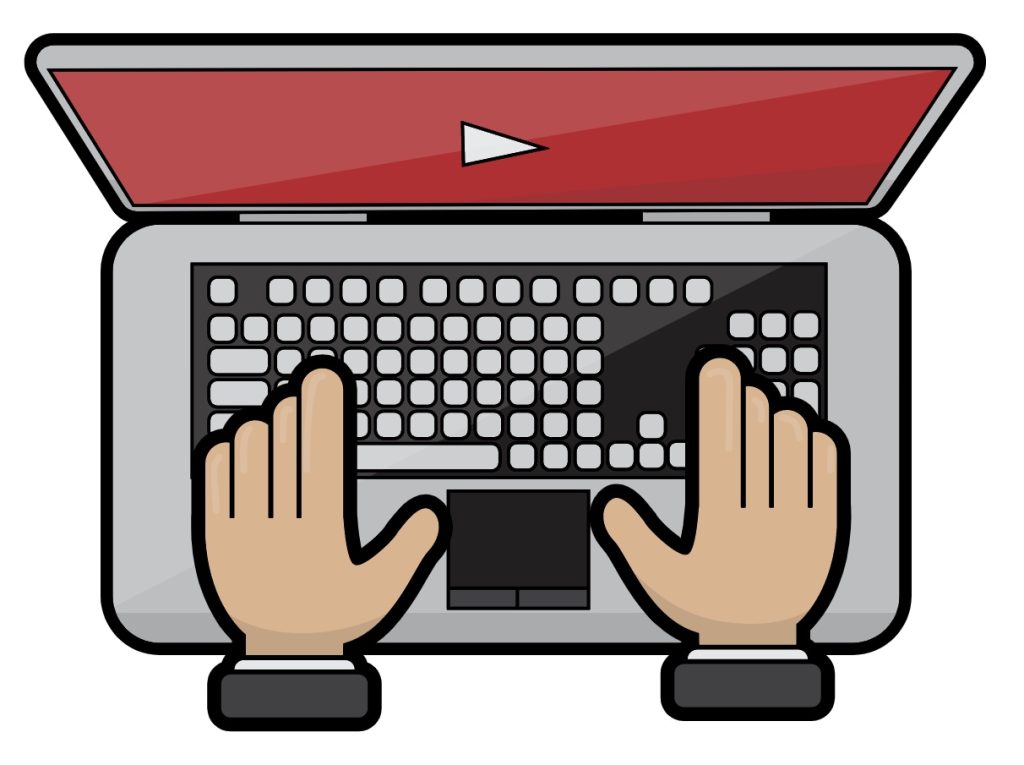
Have an intermediate English level (reading and listening). Most presentations and exercises will be in English.
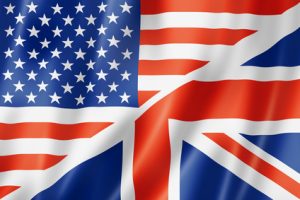
Have intermediate programming skills in Python and intermediate Linux handling.

Sponsors


Supporters
The Central American High Performance Computing Consortium (CoCeCAR, the acronym in Spanish) is a consortium based on high-performance computing (supercomputing, data science, artificial intelligence) to create inclusive solutions to socio-environmental challenges. The main goal of CoCeCAR is to establish a network of Central American researchers in high-performance computing and its socio-environmental applications to promote the scientific inclusion of women and native groups from the region. The founding members of CoCeCAR are the Technological University of Panama (UTP), the University of El Salvador (UES), and the National High Technology Center (CeNAT).
Women in High Performance Computing (WHPC) is an organization that encourages women to participate in the HPC community by providing support and education to women and the places in which they work. This community has several chapters around the world, including Costa Rica. This chapter aims to bring together women from all over the country who work in research and industry in HPC and related areas, to establish a community of collaboration and networking, through activities that increase the visibility of people within WHPC.
Organizers
The Advanced Computing Laboratory (CNCA) at Costa Rica High Technology Center (CeNAT) is a multidisciplinary space where scientific discovery is accelerated through an advanced computing infrastructure. This infrastructure includes not only specialized and updated hardware, but also a set of efficient applications and well-trained staff in order to take advantage of all the technology. This allows CNCA to work in the main dimensions of research, project development, training, and services provision.
Other Activities
Acknowledgements
The logo of Costa Rica HPC School was designed by Ing. D.I. María Cristina Vargas Del Valle.
Location


